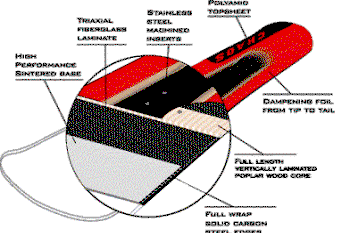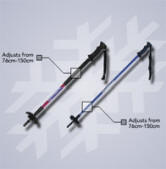Modeling of Aircraft
Structural Systems |
|
Dr. Marzocca is
interested in developing pertinent models of air-vehicle
structural systems in nontraditional
configurations under coupled fluid, thermal, and mechanical
loads, and exposed to extreme environmental conditions for
structural dynamics and aeroelastic applications. The structural
model used to discretize wing, fuselage, tail and other
components of the aircraft is usually a combination of plates,
membranes, rods, panels, only to name a few. In addition, the
aircraft structures will most likely be nonhomogeneous,
anisotropic, and composed of passive and active materials.
Morphing and other nontraditional configurations are being
investigated.
|
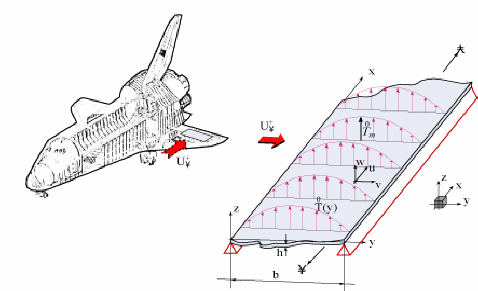
|
Aeroelastic Modeling
for Control Design
|
|
Dr. Marzocca is
interested in developing aeroelastic models that provide
realistic representations of wing/aircraft structures for
control design purposes. Structural and aerodynamic models are
integrated to properly characterize the wing/aircraft plant.
Proper methodologies for the active control of aeronautical
structural systems (Optimal, LQR, MBB, LQG, Limiter, Adaptive,
etc) have been considered and are under investigation. Their
implementation would enable an increase of the flutter speed,
enhance the aeroelastic response, attenuating excessive
vibrations, and convert the unstable LCO into a stable LCO. |
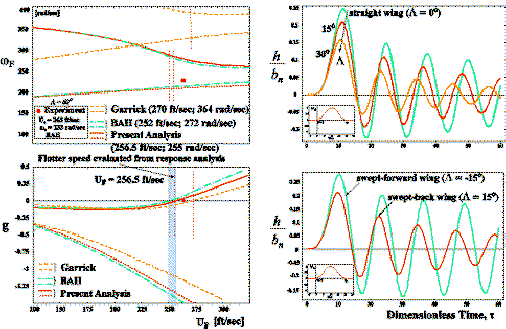 |
Unconventional Control
Methodologies
|
|
One of the
limitations of the performance of the active control consists of
the presence of unavoidable time delays in controller and
actuators. These delays can be detrimental in the sense that
they induce instabilities of the aeroelastic system. Preliminary
results of the effects of delayed feedback control on the
aeroelastic response and flutter of low-order aeroelastic model
has been investigated. New control methodologies are also
contemplated: fuzzy logic, neural network, dynamic limiting
control, etc.
|
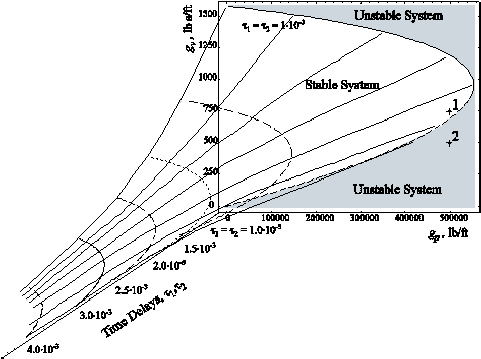 |
Non-destructive
flutter predictions |
|
As a team
effort, Dr. Marzocca is working on a non-destructive procedure
applied in flight or in a wind tunnel, enabling one to predict
the flutter instability boundary. The proposed technique
combines an analytical approach with the experimental tests. The
expected outcomes of this study are a) to reduce the risks of
flying in the proximity of the flutter critical boundary, a
condition that can destroy the aircraft vehicle, and b) to
reduce significantly the amount of flights required in any
flight clearance test program that are both time consuming and
costly (estimated at around $ 70k per test flight). A strictly
related work has been presented at the 14th U.S. National
Congress of Applied Mechanics in 2002 and included in a book
published by Kluwer Academic Publisher.
|
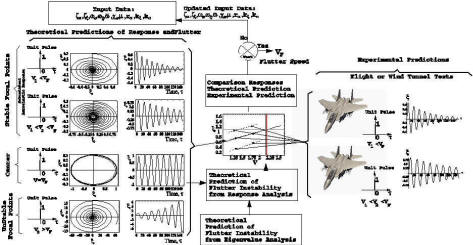
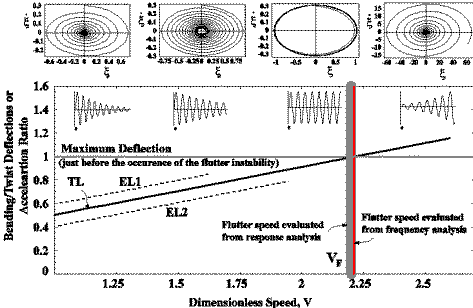
|
Theoretical
Analysis
|
|
With his
collaborators, Dr. Marzocca has developed new methodologies
based on Volterra series, indicial functions, and on Lyapunov
stability criteria that will characterize the behavior of three-
dimensional wing structures and will enable one to infer about
aeroelastic behavior, flutter, post-flutter and subcritical
aeroelastic response. The newly developed method based on
Volterra series creates opportunities to approach – in a unified
and efficient way – problems of nonlinear aero-servo-elastic
response, flutter of uncontrolled/controlled aircraft
structures, and the character of the instability boundary. The
results of this research are likely to play a great role in the
design of advanced flight and space vehicles.
All these studies will bring the nonlinear aeroelastic modeling
and design of lifting surfaces to the sufficient maturity that
will lead to:
- improve
performance of the modern aircraft wing and
- will
ensure the integrity of valuable wind tunnel models, flight
vehicles, and safety of their crew and passengers.
|

|
Other Research
Interests |
|
HeliNet
project, a Solar Energy Electrical Airplane,
http://www.helinet.polito.it/.
HeliNet is a telecommunication infrastructure based on HAVE
(High Altitude Very long Endurance) unmanned solar aerodynamic
platforms, named HELIPLAT (Helios Platforms).
Dr. Marzocca is
working with people from industry. In 1997, Dr. Marzocca
developed the materials for a course titled “FEM – Patran/Nastran”
for graduate students in Italy. In 1995, Dr. Marzocca served as
the instructor for the course “Introduction to Electrotechnics
and Electronics for Automotive Applications” supported by the
Economic European Community (CEE).
In the last few
years Dr. Marzocca has also been an active consultant in the
structural dynamics field (CSA Engineering, Inc., Archemide
Advanced Composite, Torino, Italy). Also, he has monitored
structures, applications of information technology, structural
designs, evaluation and repair of existing structures and
accident analysis in Italy.
Dr. Marzocca
reviewed designs, test procedures, specifications, experiments,
and analyses of aircraft and mechanical systems, performed
analyses and experimental tests in support of reviews and solve
abnormal behaviors and system failures. In addition, Dr.
Marzocca is working on the design and production of a prototype
of a new snowboard, other mountain equipment, and a prototype
helicopter. |
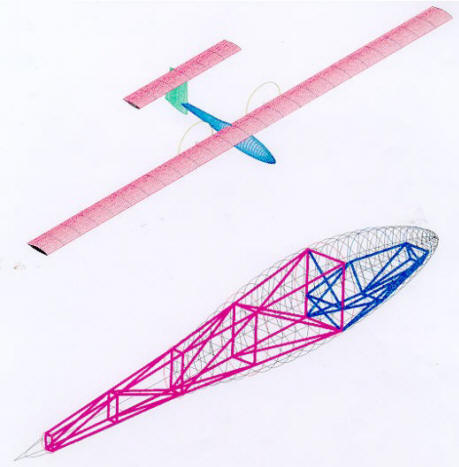
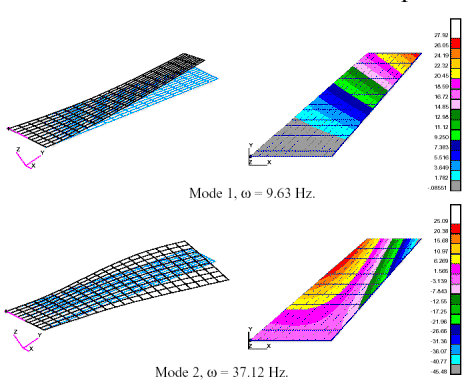
|
|










